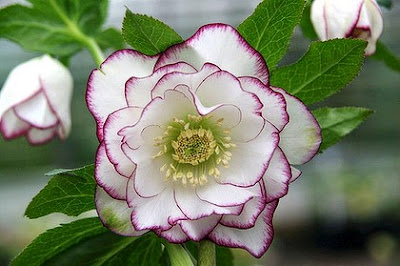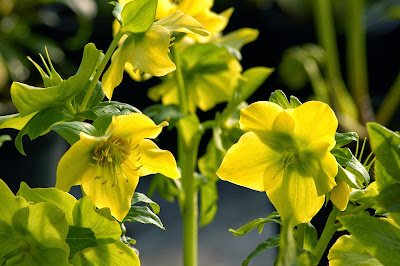Type of Flower
Helenium:
Helenium is a genus of about 40 species of annuals and deciduous herbaceous perennials in the daisy family Asteraceae native to the Americas. They bear yellow or orange daisy-like composite flowers. A number of these species (particularly Helenium autumnale) have the common name Helen's Flower and sneezeweed, based on the former use of their dried leaves in making snuff, inhaled to cause sneezing that would supposedly rid the body of evil spirits. Larger species may grow up to 2 metres (6.6 ft) tall.


Helenium species are used as food plants by the larvae of some Lepidoptera species including Phymatopus behrensii.
Numerous cultivars have been developed for garden use - mainly from H. autumnale and H. bigelovii. They are useful for late summer and fall bloom, usually in less formal compositions. They are appropriate for native gardens in areas where they are indigenous, and they look wonderfully in bouquets. Annual species are easily grown from seed, and perennials should be divided every year in order to retain their vigor. The soil should be fertile with a generous amount of organic manner in the form of compost, manure or other decayed organic matter in addition to, perhaps, an application of a complete fertilizer in spring. Heleniums should be grown in full sun average to moist soil with good drainage. They are drought tolerant, but should be watered on planting and regularly until established.
Helenium Hybrid has brilliant yellow petals surround spherical brown cones covered with golden pollen. It grows to 0.9 metres (3 ft) tall and takes up about 0.6 metres (2 ft) of space, the hardiness zone rating is 4-9. Its Flowers appear for six weeks from mid to late summer and attract butterflies in droves. It provides a splash of colour when many other perennials are starting to fade, it may accompany ornamental grasses, Phlox and Liatris.
Heleniums need an open sunny position in good soil. They will not grow in waterlogged conditions.
- Add lots of compost when planting to increase moisture. This will allow light, sandy soils to retain water and open up clay soils - thereby improving drainage.
- Keep new plants well watered and water all plants in dry spells. The flowers curl and the foliage flags if they are too dry.
- Stake taller varieties with hazel or canes and string.
- You can pick out the growing tips in May to get bushier plants - this is a useful technique with younger plants.
- You can also take tip cuttings from the new growth in April. Some people also do a Chelsea Chop. But only do this on deep, fertile soil. The chop delays flowering time - so they perform later.
- Dead head constantly to promote more flowers. This will keep your plants in flower for months and, even if they have a lull, they will re-bloom later.
- Heleniums are best divided in spring just as they start into growth. Do not divide them in the autumn because winter wet can kill your divisions.
- Use two forks back to back to part established clumps, using the material on the outside because it’s the most vigorous plant material.
- You can divide down to a single rosette if you need to. Heleniums are robust growers and will make a substantial plant fairly quickly - even from one rosette.
Heleniums associate well with later-flowering perennials and grasses. My favourite combination is Agastache 'Blue Fortune' planted with red or orange heleniums. But they grow with a wide variety of plants and these include crocosmias, bronze fennel, Verbena bonariensis, many taller grasses, warmly coloured dahlias like 'David Howard', veronicastrums and monardas. Other daisies in varying colours also work well as long as they are taller and airier. But do be bold and use large blocks of the same helenium - if you have room.
References:
http://en.wikipedia.org/wiki/Helenium
http://www.saga.co.uk/lifestyle/gardening/plant-portrait/how-to-grow-heleniums.aspx






























